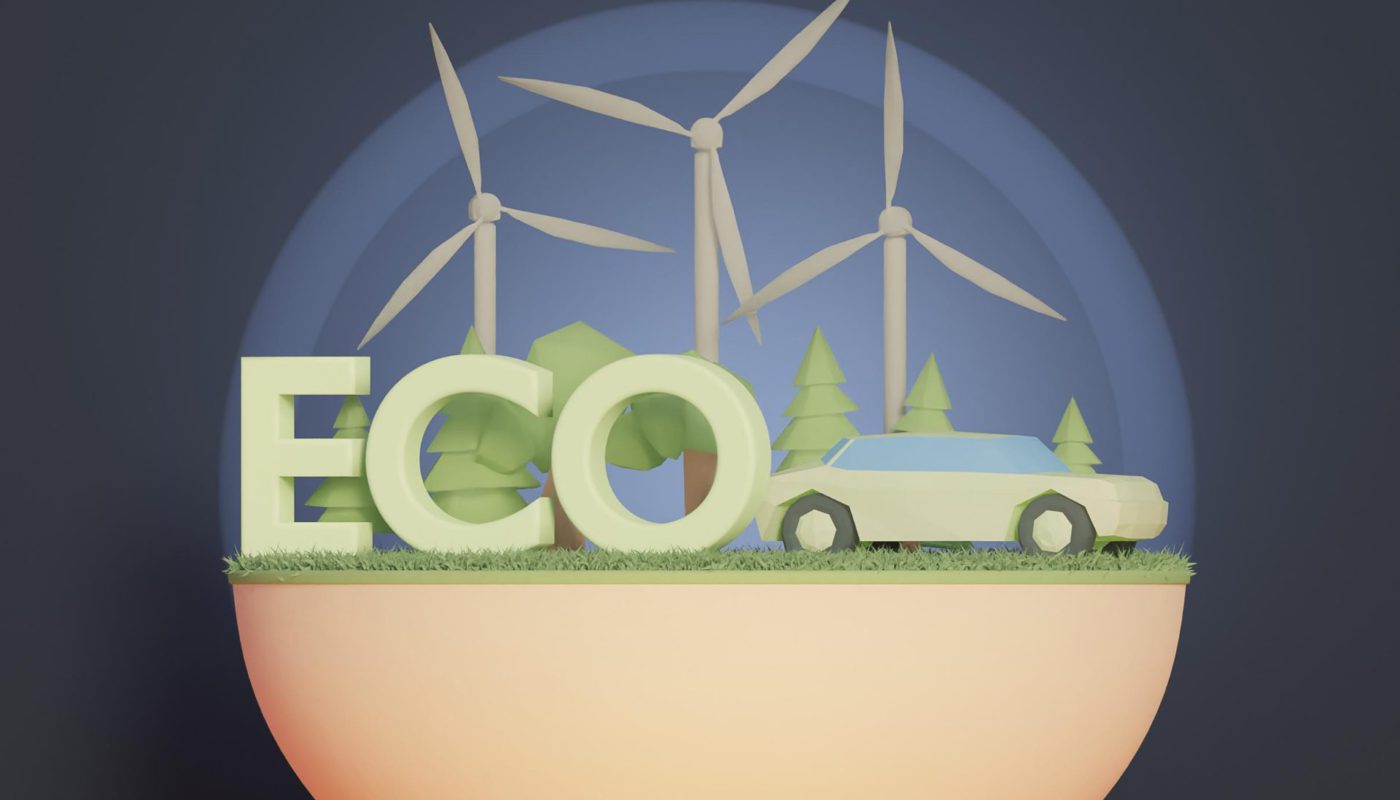
By Dr Alison Green, Executive Director, Scientists Warning Foundation
As we draw towards the end of 2024, it is a timely moment to reflect on where we presently are in terms of combating the climate and Nature crises that continue to pose an existential threat to life on this planet. The recent CoP (UN Conference of the Parties) held in Baku did little to further the pledge made previously to phase down fossil fuels, and disappointed numerous developing nations with its pledge to channel a mere $300 bn a year until 2035, a huge reduction from the $1.3 trillion requested, to help them combat climate breakdown.
This was of course the 29th CoP and scientists have become increasingly vocal as time has marched on and still action taken falls well short of what is required to meet the commitments of the Paris target. Indeed, a growing number of scientists now consider the goal of limiting warming to 1.5 °C to be well and truly dead, with the prospect of limiting warming to even 2°C a tall order (President Trump 2.0 accelerates US decline – James Dyke). While the CoP process has played a large part in actually seeing off the likelihood of the worst-case scenarios unfolding, there is a strong sense of the process itself being inherently flawed. This was, after all, the 29th conference, scientists have warned for decades of the risks of failing to act, and warnings have not been heeded.
In November 2024, the Club of Rome published an open letter (– Club of Rome) to all states that are party to the conference, stating that the CoP process is ‘no longer fit for purpose’ and that nations not committed to the phase out of fossil fuels should not be permitted to host. We concur with this position. However, lack of fitness for purpose of the CoP process is but one aspect of our dire predicament. We turn now to consider ‘net zero’.
Achieving net zero by 2050 was identified as a crucial goal that must be met if we were to stand any chance of limiting global heating to 1.5 °C, as required by the Paris agreement. However, pledges by governments continue to fall well short of what is required to bring global energy-related carbon dioxide emissions to net zero by 2050 and give the world an even chance of limiting the global temperature rise to 1.5 °C.
In 2009, a series of papers that have collectively come to be known as “The net zero papers” were published. The papers were authored by Solomon et al, Meinshausen et al, Allen et al, Matthews et al, Zickfeld et al, and Gregory et al. Collectively, these scientists birthed the concept of net zero and influenced the development of targets that have seen the setting of net zero targets by a host of nations, institutions and sectors of society around the world.
The concept of ‘net zero’ is relatively simple to describe. In brief, net zero essentially means that global greenhouse gas emissions from human activity are in balance with emissions reductions. At net zero, carbon dioxide emissions are still generated, but an equal amount of carbon dioxide is removed from the atmosphere as is released into it, resulting in zero increase in net emissions. With 2050 looming, there are strong indications that something has gone awry with the net zero endeavour. Was a trap inadvertently created?
Scientists are increasingly venting their frustrations over the ways in which the scientifically robust concept of net zero has been interpreted and operationalised. One of the most cogent and widely read expositions of these problems was provided by scientists James Dyke, Robert Watson and Wolfgang Knorr in their 2021 article, Climate scientists: concept of net zero is a dangerous trap. In their article they describe the anguish of their brutal experience of realising that the idea of net zero has been recklessly and systematically compromised by those eager to delay the unavoidable dialling down of fossil fuel use. In short, the motives of vested interests were deeply embedded in climate models via assumptions that society will make only incremental changes via legislation and taxes. Theis meant that the much-needed process of immediately beginning to rapidly phase out fossil fuel use could be delayed and offset each year, a proposition that plays directly into the hands of bad actors and those seeking to delay the transition away from fossil fuels. By increasing the reliance on a combination of natural carbon sinks and on the untested-at-scale proposition of ever-increasing amounts of carbon capture and storage (CCS) to achieve net zero by 2050, climate models could preserve the illusion that progress towards net zero was still on track. We would simply move into the Pandora’s box of overshoot for a period of time.
Some of the architects of the net zero concept reminded us in 2022 of the meaning of net zero and how to get it right (The meaning of net zero and how to get it right | Nature Climate Change). They wrote about the urgent need for emissions reductions and the need for ‘social and environmental integrity’, the latter we assume because getting net zero right requires considerable transparency and care in diligently documenting emissions, in carefully managing the extent to which we rely upon CO2 removal and storage and in regulating carbon offsets. Recently however, Myles Allen, one of the key scientists associated with developing the concept of net zero in 2009, commented that “achieving ‘net zero’ no longer means what we meant by it”. In addition to the potential for net zero to be exploited by vested interests eager to delay the phase down of fossil fuels, it turns out that the accounting needed to maintain the integrity of net zero is a complex matter. This arises because we need to accurately document both carbon emissions and carbon drawdowns. And it turns out that some double-counting of carbon drawdowns has been occurring. How has this happened and what does it mean?
Natural sinks, such as the land and the oceans, are factored into net zero by virtue of their potential to drawdown carbon that has already been emitted, i.e. past emissions. Natural sinks cannot also be used to balance the books when it comes to future fossil fuel emissions, as this amounts to double counting. Recent research (Geological Net Zero and the need for disaggregated accounting for carbon sinks | Nature ) suggests that flaws in carbon accounting could be concealing additional heating, which underscores the urgency of phasing out fossil fuels.
It’s often said that ‘hindsight is a wonderful thing’, indicating that if only we have known that a particular action or decision would have detrimental effects, we could have chosen to do things differently. And in a context where scientists are openly writing about the climate crisis, climate wars, hothouse earth, silent earth and how to save our planet, it seems bizarre that the well-documented forces of inaction and their relentless efforts to derail action are still enabled to wield malign influence. Yet still we hear that these same forces of inaction are regarded by some as worthy of a place at a negotiating table. Has history taught us nothing about their motives? The radical transformation that is needed to transition away from fossil fuels and extractivism is monumental and requires all sectors to work together to achieve this. And we now have several decades of experience telling us that the forces of inaction will do everything they can to delay that transition, including the use of dirty tricks. We need to take urgent action to limit the power of the bad faith legacy industries. And we need a concerted public information campaign to make clear to an increasingly concerned public that change is crucial and can improve life for all. Lessons need to be learned from the experiences of nations that have tried to implement greener and fairer policies (for example in Ireland I regret none of the climate policies we pushed in Ireland. But we underestimated the backlash | Eamon Ryan | The Guardian).




